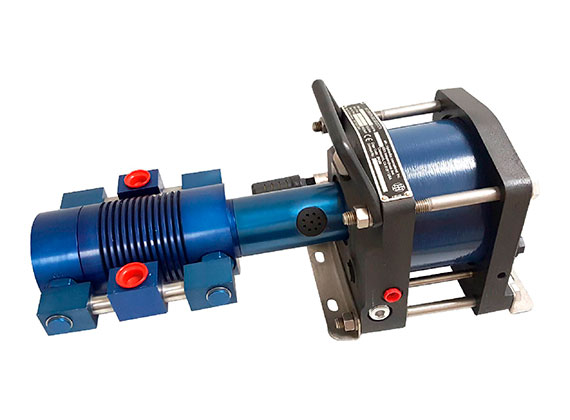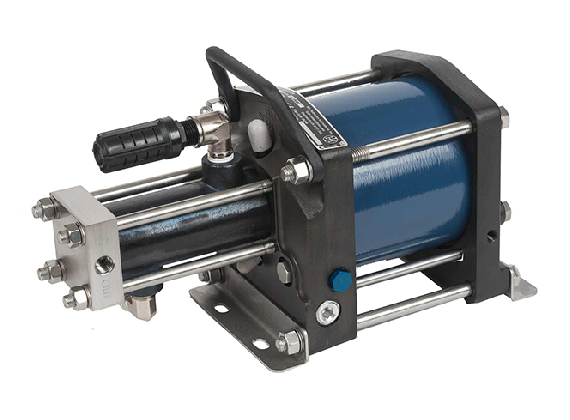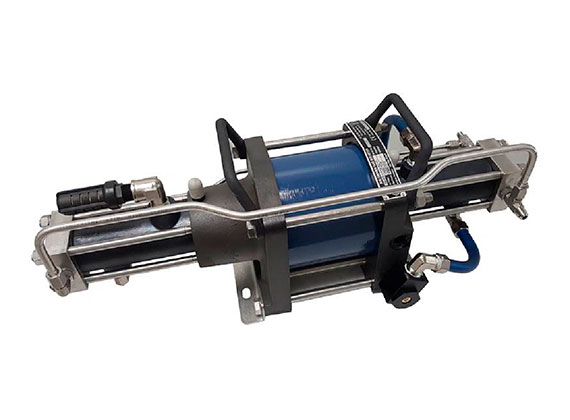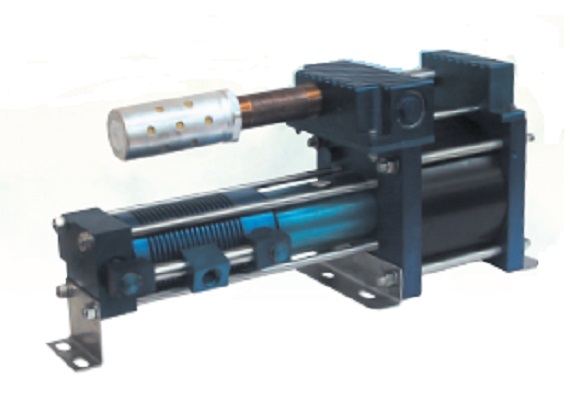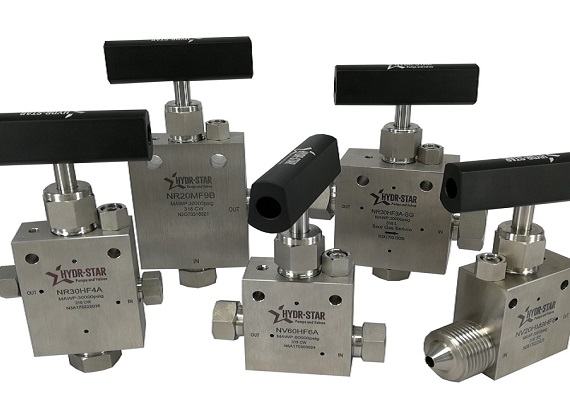Liquified Gas Systems
Liquified Gas Systems for handling fire extinguishing agents, freons, refrigerants
Freons, freons and other liquefiable gases supply units are HII ideal for the tasks of pumping the gas phase to zero, filling refrigeration equipment, fire extinguishing modules, saving expensive refrigerants.
The plants save considerable money by saving expensive gases. The payback period of the plant as a result of direct savings can be several weeks or even several days, depending on the price of the pumped gas.
Multi-phase liquefied gas units are designed to transfer the medium in any phase from 100% gas to 100% liquid.
Can be used to pump out-of-circulation chladones, problematic gases such as carbon dioxide, hazardous, reactive media.
- Drive type: pneumatic;
- Pressure range: 0 to 86 atm standard, 2000 atm maximum (0-8.6/200 MPa);
- Hydraulic part type: single/double piston;
- Number of stages: single-stage/two-stage;
- Phase state of the medium at the inlet: from 100% liquid phase to 100% gas phase;
- Injection phase state of the medium: from 100% liquid phase to 100% gas phase;
- Hydraulic part lubrication: dry, oil-free - works without lubrication, does not contaminate the pumped medium;
- Air drive grease: grease;
- Pressure range: 5 to 86 atm standard, 2000 atm maximum (1 - 8.6/200 MPa);
- Minimum inlet pressure: vacuum 500 mm Hg;
- Maximum inlet pressure is determined by the model equal to maximum discharge pressure;
- Liquid phase capacity: 0-20l/min (100 l/min maximum);
- Maximum Gas Phase Capacity: depends on operating mode;
- Pneumatic drive power supply: 5-10 atm (0.5-1.0 MPa);
- Pressure control: smooth, stepless, medium/high precision, in a wide range of operating pressures;
- Flow control: smooth, stepless, medium/low precision, over a wide range of flow rates.
- Do not contaminate pumped liquid - ideal for pumping high purity liquids;
- Ideal for pressure control tasks - in some modes it is tens, hundreds of times more efficient than analogues with electric drive;
- Do not heat the pumped liquid in any operating mode - do not require a heat exchanger;
- Do not require bypass valve, bypass valve for pressure adjustment;
- Do not require frequency, "automated" control without automation;
- Unlimited number of start-up, shutdown cycles - ideal for hard cycle load operation;
- Struts to hydraulic impact as a result of hydraulic fracturing of the article;
- Very wide, very smooth, very simple adjustment of supply and injection pressure in a wide range from zero to maximum values - even a child will cope;
- Do not require any electrics - full fire and explosion safety;
- Small, light, mobile;
- Inert to dust, moisture, weather;
- Fire - Explosion Proof
- Easy to operate, maintain, manage, repair.
- Not designed to pump contaminated gases, gases with mechanical impurities;
- slow-moving equipment - maximum performance limits;
- Qualified modification for different gases is required.
Various liquefied gases:
- Freons
- Fire extinguishing cold
- Liquefied Gas Fire Extinguishing Compositions
- Blowing agents, blowing agents
- Propellants, Foamers
- Sulphur hexafluoride SF6
- Methane R50
- Propane R290
- Butane R600
- Isobutane R600a
- Nitrous Oxide N2O
- Ammonia R717
- Chlorofluorocarbons (CFC): R-11, R-12, R-13, R-111, R-112, R-113, R-113a, R-114, R-115
- Bromofluorocarbons: R-12B1, R-12B2, R-113B2, R-13B2, R-13B1, R-21B1, R-22B1, R-114B2
- Chlorofluorohydrocarbons (HCFC): R-21, R-22, R-31, R-121, R-122, R-123, R-124, R-131, R-132, R-133, R-141, R-142v, R-151, R-221, R-222, R-223, R-224, R-225, R-231, R-232, R-233
- Hydrofluorocarbons (HFC): R-23, R-32, R-41, R-125, R-134, R-143, R-152, R-161, R-227, R-236, R-245, R-254
- Fluorocarbons (CF): R-14, R-116, R-218, R-C318
Main fire extinguishing cold:
- Carbon Dioxide, CO2 Carbon Dioxide (R-744)
- Chladone 23
- Chladone 125
- Chladone 218
- Chladone 227ea
- 318C Chladone
Propellants, Foamers:
- CO2 Carbon Dioxide
- Dimethylether
- Freon 22









